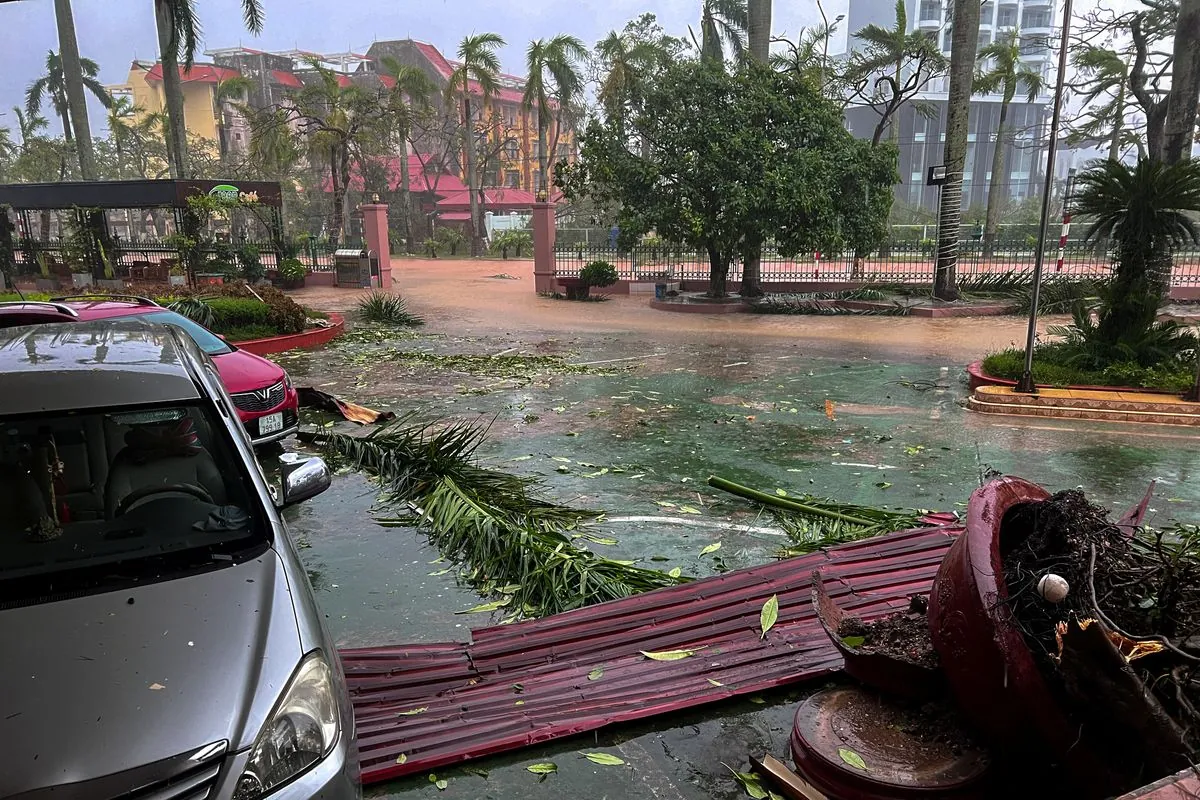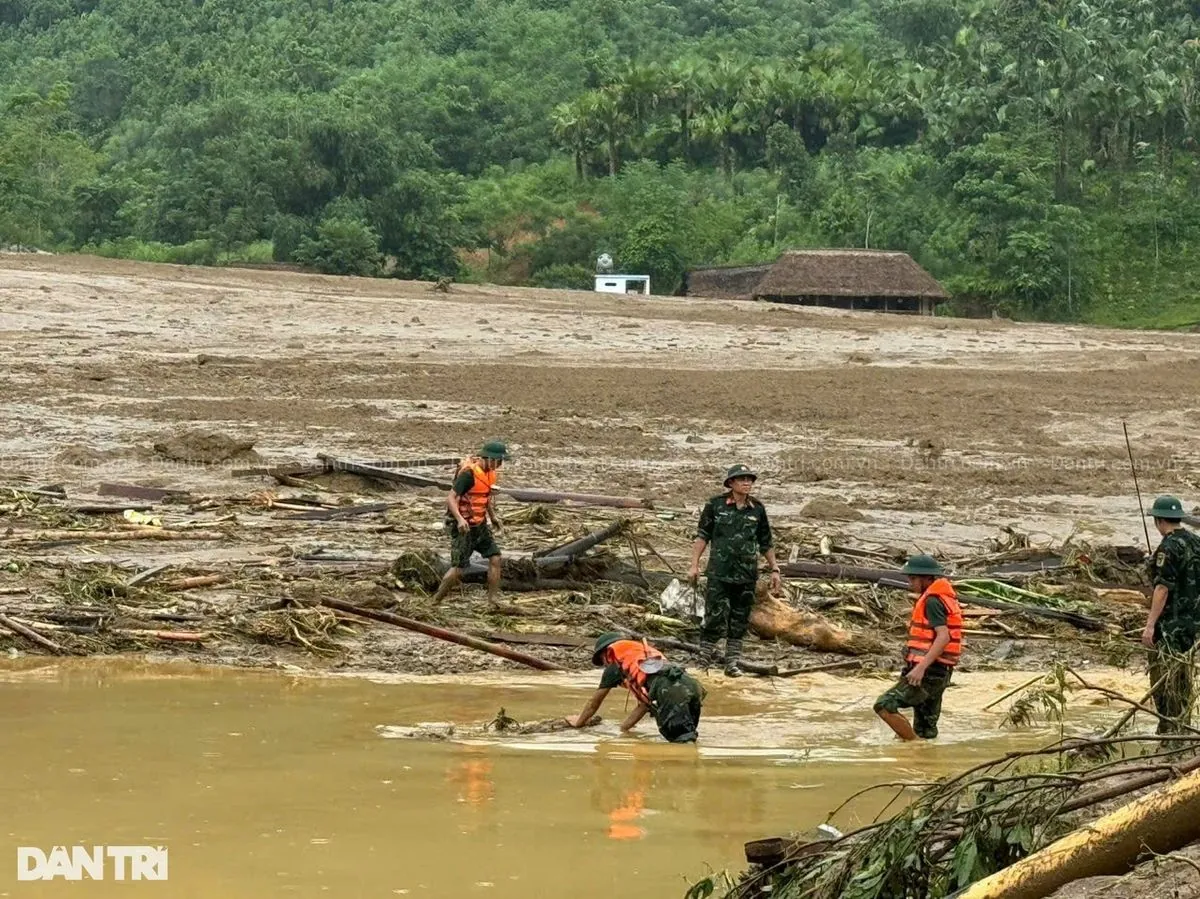Deadly Typhoon Yagi Leaves Trail of Destruction Across Vietnam
Typhoon Yagi, Vietnam's strongest storm in decades, has claimed nearly 200 lives and left over 125 missing. Flash floods and landslides continue to pose severe threats as rescue efforts persist.

Vietnam is grappling with the devastating aftermath of Typhoon Yagi, the most powerful storm to strike the Southeast Asian nation in recent decades. As of September 12, 2024, the death toll has risen to nearly 200, with over 125 individuals still unaccounted for and more than 800 injured, according to state media reports.
The typhoon made landfall on September 7, 2024, with wind speeds reaching up to 149 kph (92 mph). Despite weakening the following day, persistent heavy rainfall has led to dangerously high river levels, triggering flash floods and landslides across the country.
One of the most severely affected areas is the Lang Nu hamlet in Lao Cai province, located in Vietnam's mountainous northwest region. A catastrophic flash flood on September 10 swept away the entire community, resulting in 42 confirmed fatalities and 53 missing residents. Rescue teams have been working tirelessly to locate survivors, but the challenging terrain and ongoing weather conditions have hampered their efforts.

Vietnam's vulnerability to natural disasters is well-documented, with the country experiencing an average of 12-14 tropical storms and cyclones each year. Its extensive 3,260-kilometer coastline exposes it to the full force of typhoons, while its varied topography, including both mountainous regions and low-lying coastal areas, increases the risk of flooding and landslides.
The impact of Typhoon Yagi extends beyond the immediate human toll. The storm has also inflicted significant damage on Vietnam's industrial hubs in the northern region, potentially affecting the country's export-driven economy. This is particularly concerning given that Vietnam's GDP growth has been among the fastest in Southeast Asia in recent years.
"Our focus is on enhancing early warning systems, improving infrastructure resilience, and educating communities on disaster preparedness. These efforts are crucial in mitigating the impacts of increasingly severe weather events."
As Vietnam confronts the aftermath of Typhoon Yagi, the disaster underscores the urgent need for continued investment in climate change adaptation and disaster risk reduction. The country has been working to improve its early warning systems and invest in infrastructure to mitigate the impacts of natural disasters. However, the increasing frequency and intensity of typhoons, exacerbated by climate change, pose ongoing challenges.
The agricultural sector, a significant component of Vietnam's economy, is particularly vulnerable to such extreme weather events. The Mekong Delta, often referred to as Vietnam's rice bowl, faces threats from both flooding and sea-level rise, highlighting the complex interplay between climate change and food security.
As rescue and recovery efforts continue, the international community watches closely, recognizing that Vietnam's experience with Typhoon Yagi serves as a stark reminder of the global imperative to address climate change and enhance disaster resilience.


































